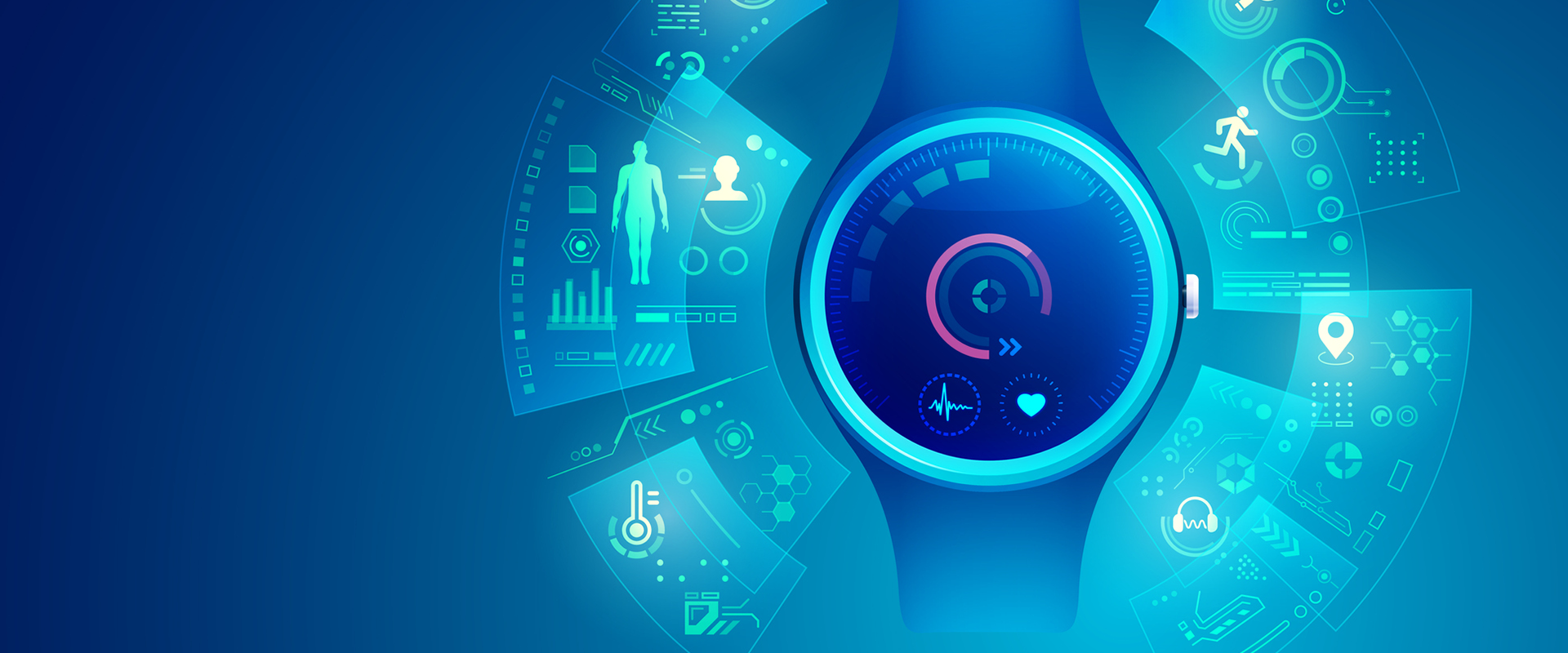Wearables, mainly known as activity trackers that count steps and calories, now can offer valuable insights about health which can prevent diseases and medical emergencies.
Today wearable technology can save people’s lives. Smartwatches not only help people stay fit but also notify about medical emergencies and inform about the user’s state of health to help fend off illnesses. According to Wireless Quarter* 325 million people use wearables worldwide.
This article will focus on wearables and how they have improved from being just activity trackers a decade ago to advanced devices that help prevent illnesses. The focus will be on how wearable technology works, which components it needs and how it revolutionises the healthcare industry. We will highlight industry leading brands, among Nordic Semiconductor that produced a dual processor that became a base for the newest, most advanced wearables.
Wearables in detecting health conditions
With the development of IoT, wearable devices can monitor a patient’s physiological data, such as blood oxygen, heart rate, saturation, respiratory rate and temperature.
Their popularity was growing in the fitness sector to become a really important device to fight against Covid-19. Thus the medical field is becoming increasingly interested in wearable technology, which allows doctors to monitor patients for a certain length of time outside of the hospital for a variety of medical conditions. They now play an important role in the prevention and control of a wide range of health conditions, including diabetes, hypertension, and sleep apnea, as well as neurocognitive disorders such as Parkinson’s and Alzheimer’s.
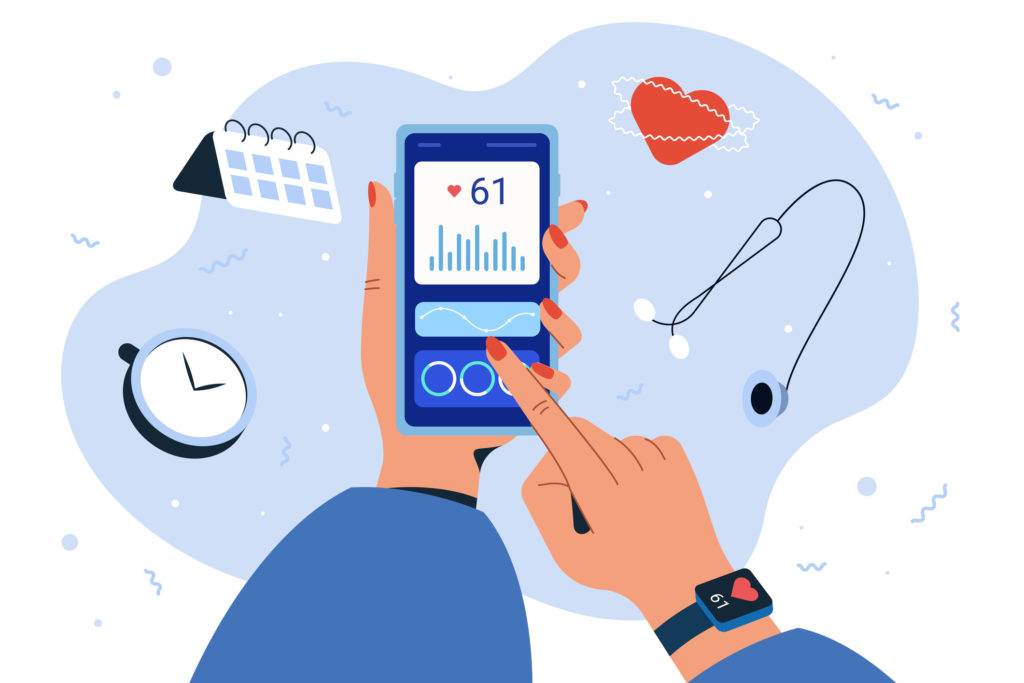
Wearables enhance communication between the patient and the doctor who previously needed to base their patient’s analyses on the medical record and history. Doctors and other health providers may use the extensive data to make early diagnoses, undertake remote patient tracking, and assure medication adherence.
Technology behind wearables – AI and ML
The newest wearables are powered by SoCs (System-on-a-chip), SiPs (system-in-a-package) and the machine learning (ML) algorithms that aid in the construction of the most complex medical wearables. With computing on edge devices, wearables are designed to indicate underlying health issues and provide doctors with information that is necessary to make rapid clinical decisions.
Computing on edge devices such as wearables is getting progressively more energy efficient and powerful while algorithms are more streamlined and energy optimised.
– Peter Myhre, Head of Product Marketing at Nordic Semiconductors
Components used in wearable technology
Intelligent wearables use a variety of technologies, such as sensor technology, display technology, chip technology, wireless communication technology, data computation and processing technology, power endurance technology, data interaction technology, etc.
Thus the engineering of such devices might be problematic, especially that the human body is dynamic so wearable systems need to be sturdy, adaptable, and ideally washable when they are integrated into clothing and accessories (or at least removable).
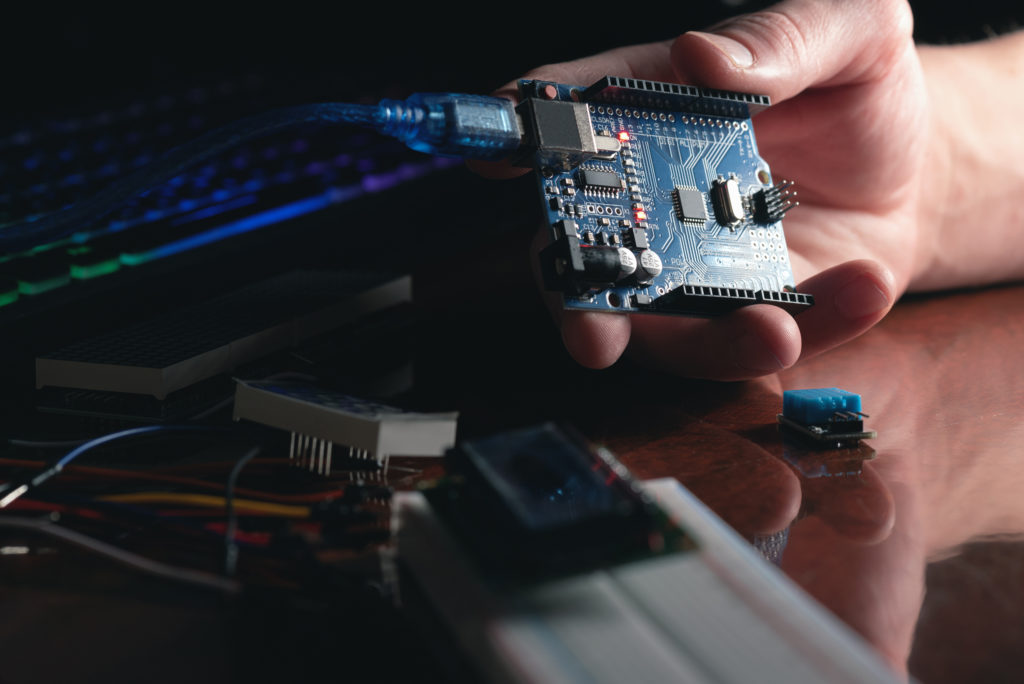
Therefore, the design focuses on sensor integration, miniaturisation and multifunctionality. Some of the commonly used components in wearables design are:
Sensors
Sensors are particularly in all wearable devices, giving insights into the activity and physiological parameters. The user can have a clear knowledge of their overall health and fitness performance by being able to measure vitals including blood oxygen levels, body temperature and heart rate.
There are different types of sensor products that are used in wearables:
As wearable technology is growing, there is more demand for more accurate, compact and reliable sensing technologies. Therefore, manufacturers design more advanced technological solutions.
For example, a Polish medical startup, Warmie, designed a sensor powered by Nordic Semiconductor’s nRF52810 SoC, which allows the device to assess throughout multiple sections of the body and inform users or doctors of possible health problems.
Another brand is TE Connectivity that produces sensors suited for wearable devices and smart watches. TE Connectivity is a global leader in innovative sensor solutions, providing components that are already present in popular wristbands, watches, and smartwear.
Switches
Switches are components that control how much electrical current flows through a circuit. They are an essential part that can be utilised as an input device for wearable technology. They can be used as input devices to control a device’s functionality, although they are more frequently used to turn on equipment.
It is crucial to carefully choose the proper switch during the design phase since wearable devices have a limited amount of space. The majority of switches are tactile, however depending on the design requirements, they can also be positioned vertically or at an angle.
RND offers tactile switches that have a small, wearable design appropriate for keyboards and high-speed data transmission equipment. If you are looking for side switches, Omron provides DIP switches that are washable and suitable for small, computer and handheld devices.
Passive Components
A passive component is a piece of electronic equipment that requires electrical power to operate. Depending on how it will be used in an electrical circuit, the component can then release, absorb, or retain the energy. The most common types of passive components are resistors, capacitors and inductors.
Vishay offers professional thin film chip firm resistors, ideal for the majority of sectors in modern precision electronics where stability and reliability are key considerations. They are suitable for applications for precision test and measuring equipment, for instance non-critical medical equipment like wearables.
Semiconductors
Semiconductors are the brain of wearable technology; they interpret data from sensors or other inputs and deliver a useful result. The expansion of the wearables business has been accelerated in large part by developments in the semiconductor sector. Devices, such as microcontrollers, diodes, transistors or timers/ counters are critical for properly functioning embedded systems.
For instance, using highly sensitive diodes allows for biometric monitoring, such as blood oxygen and heart rate. The PIN photodiode from Vishay is a low profile surface-mount device (SMD) with a chip that can detect near-infrared and visible light with a sensitivity area of 5.4 mm2.
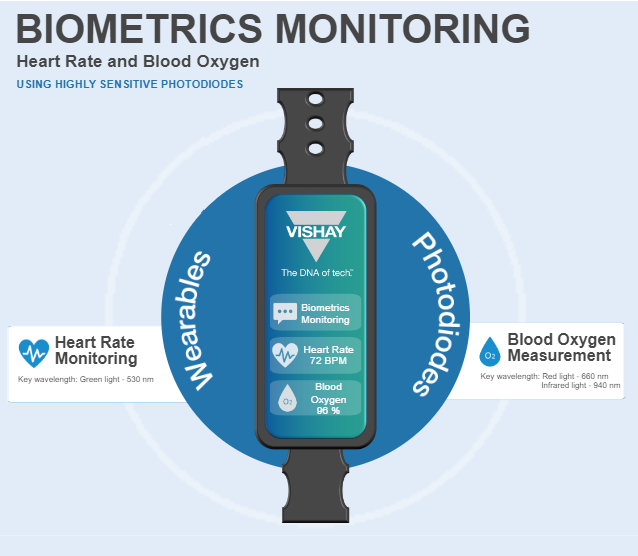
A variety of novel clock oscillators that operate at low voltages have been created by IQD, a division of the Würth Elektronik eiSos Group, allowing system designers to create systems with a shared supply rail. As the new designs get smaller and smaller, they can fit wearables.
For instance, the oscillators from the IQXO-691 series are perfect for use in designs where increased battery life is essential, such as portable test equipment, USB Interface, WLAN, and wearable applications.
Connectors
In wearable technology, connectors can be used for antennas, sensors, power, battery connections, board-to-board, wire-to-board, and removable memory devices. They link peripherals to the primary device and facilitate simple repairs in the event that a component fails.
With the USB 3.1 Type-C Connector from Molex you can benefit from excellent reliability and ensure great durability and avoid damage from connector abuse thanks to the mid-plate connector tongue design. It is designed to provide robust and reliable performance for wearables, the Internet of Things, and other high-speed data I/O applications.
RF & Antennas
The majority of advanced wearable devices are incorporated with IoT and, depending on the RF technology, require antennas. The antenna may be an SMD antenna, one that is hardwired into the PCB, or, in extremely rare circumstances, an external antenna.
With a selection of multi-band antennas for any device configuration, there are different types of antennas, RF and communication modules, for instance, the GPS/ GNSS antennas increase the reliability of positioning wireless connections.
Power
Besides, the majority of wearables will need a power connector for charging the battery, as well as a battery connector such as a coin cell holder or a LiPo battery 2-wire or 3-wire terminal. The majority of wearables utilize USB connectors for charging, while occasionally manufacturers will create their own exclusive connector.
Development boards
Because of the small size, wearable PCB designs have different standards than the commonly used printed circuit boards. There are a lot of factors to bear in mind before choosing the right PCB board, such as board surface materials, RF/microwave design and RF transmission lines. Luckily, there are some manufacturers that design boards that are suitable for wearable technology.
The nRF5340 SoC from Nordic Semiconductor provides wearable developers with a strong application processor as well as a totally programmable extremely low power network processor. The processor’s dual design makes it ideal for complicated IoT applications such as healthcare devices. With security features, ML, and artificial intelligence (AI) capabilities, it is easier to manage the constant stream of data provided by modern wearables.
Besides Nordic Semiconductor, there are other brands that provide wearable solutions. Have a look at our recommended products below to purchase straight from Distrelec webshop.
Recommended products
nRF52840 Mini Bluetooth Development Board, SparkFun
The SparkFun Pro nRF52840 Small – Bluetooth Development Board is made for Nordic Semiconductor’s nRF52840 RF System-on-Chip (SoC), a potent combination of an ARM Cortex-M4 CPU and a 2.4GHz Bluetooth radio.
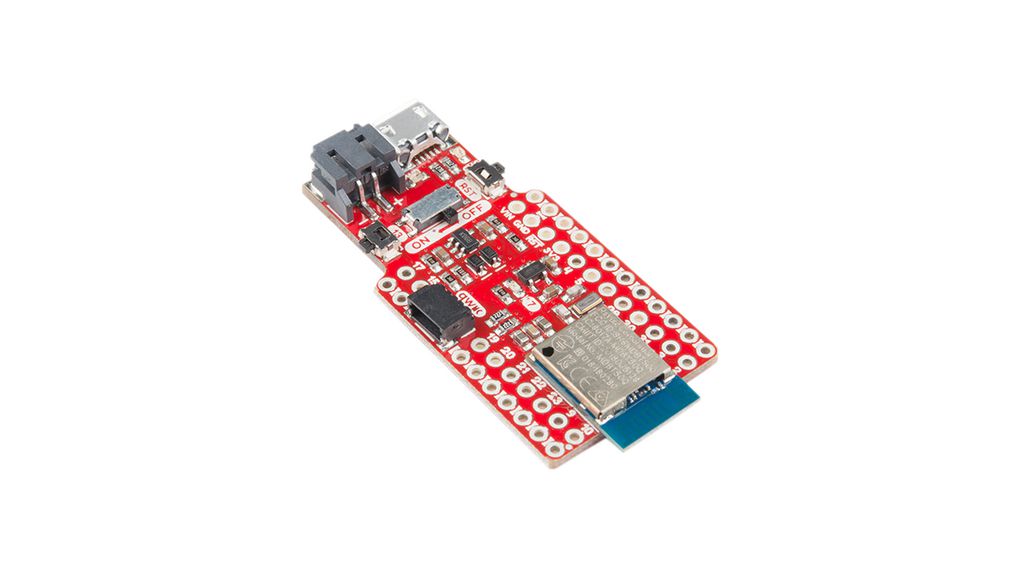
Wearable electronic platform, Adafruit
GEMMA, is a fully functional platform for wearable electronics. It’s a circular, sewable microcontroller that works with Arduino and is made to power incredible wearables projects.
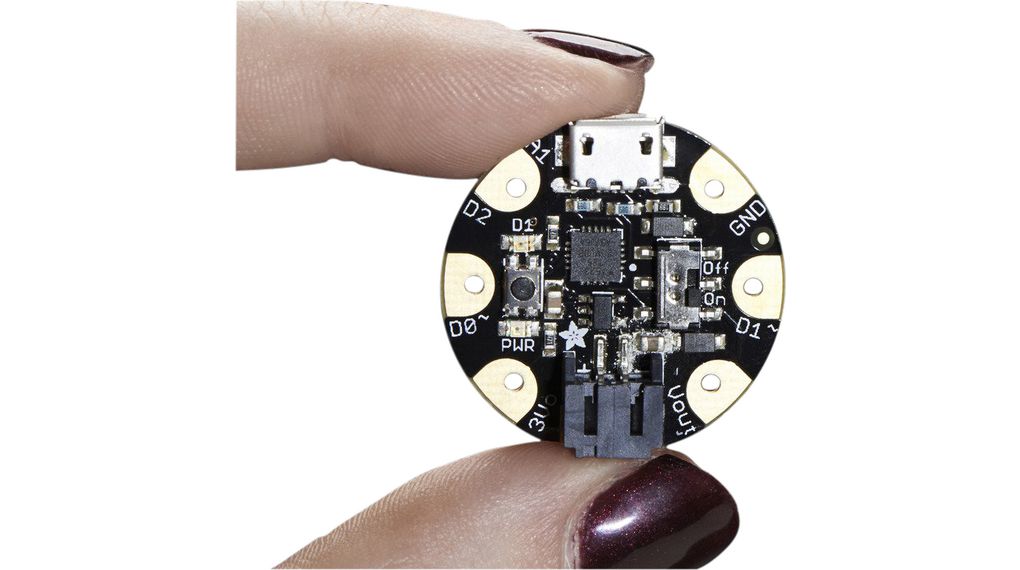
Tactigon Wireless Wearable Development Board with Motion Sensor, Next Industries
Tactigon One is a programmable board for motion capture, GPS tracking, high precision 3D gesture control, and vibration measurements. It enables quick programming and implementation with the Arduino SDK, making it perfect for IoT applications, wearable technology, and AI projects.
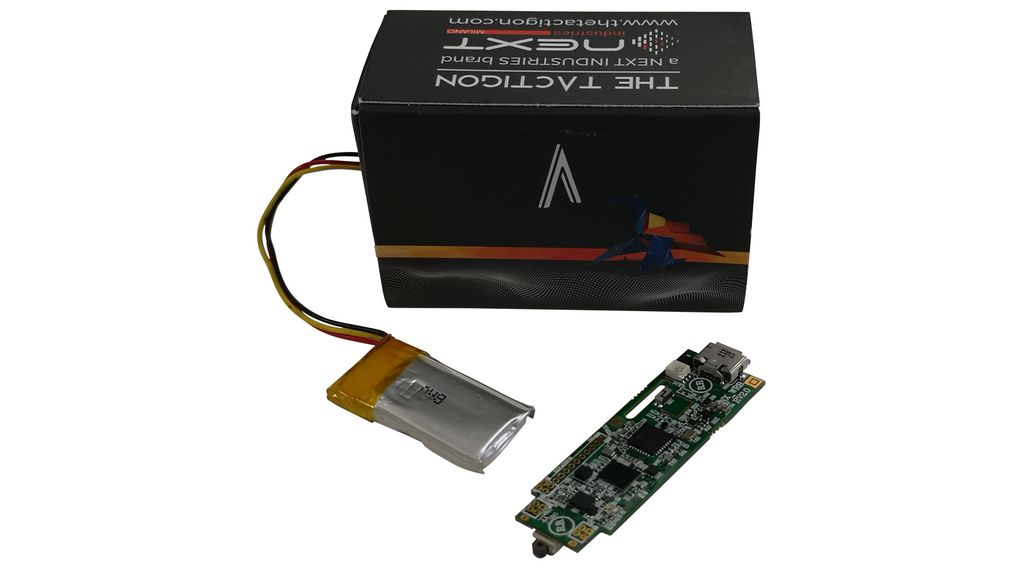
LilyPads, SparkFun
LilyPads from SparkFun are an e-textile that can be worn and are made with big connecting pads so that it may be sewed into clothing.
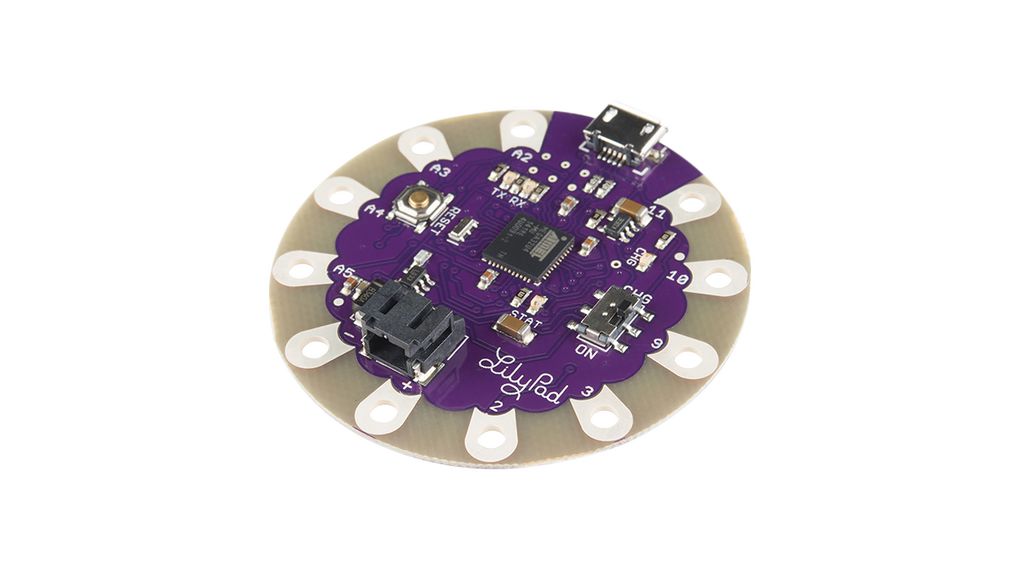
*Source: “Alive & Ticking: Advanced Wearables Better Health Outcomes” , Wireless Quarter, Issue 1, 2022.
FAQs
Wearable healthcare technology is technology that can sense, transmit, and process information while being worn by patients. It allows medical professionals to receive information about the patient’s health condition remotely. Besides, today wearable devices are crucial in the prevention and management of a variety of illnesses, such as diabetes, hypertension, sleep apnea, or even neurocognitive disorders including Parkinson’s and Alzheimer’s.
Wearable fitness trackers use a three-axis accelerometer to continually track body movement. The tracker can determine if the person is moving forward, running quickly, or even just standing still because data is continuously recorded while it is worn and powered on.
Fitness trackers, blood pressure monitors, and biosensors are a few examples of wearable healthcare devices. The data from wearable devices, including fitness trackers, smart watches, electrocardiogram (ECG) monitors, blood pressure monitors, and biosensors, can help predict some health issues, for instance, asthma attacks and COPD flare ups.
According to Smart Wearables Global Market Report 2022, the smart wearables market’s largest region was Asia Pacific in 2021. The market for smart wearables was dominated by North America, which was ranked second. The smart wearables market study includes coverage of Asia-Pacific, Western Europe, Eastern Europe, North America, South America, the Middle East, and Africa.
Wearable technology has developed into one of the fastest-growing sectors. Between 2022 and 2030, the market for wearable technology is anticipated to expand at a compound yearly growth rate of 13.89%. Starting from wearable fitness trackers to complicated devices, now wearable technology can save lives.





